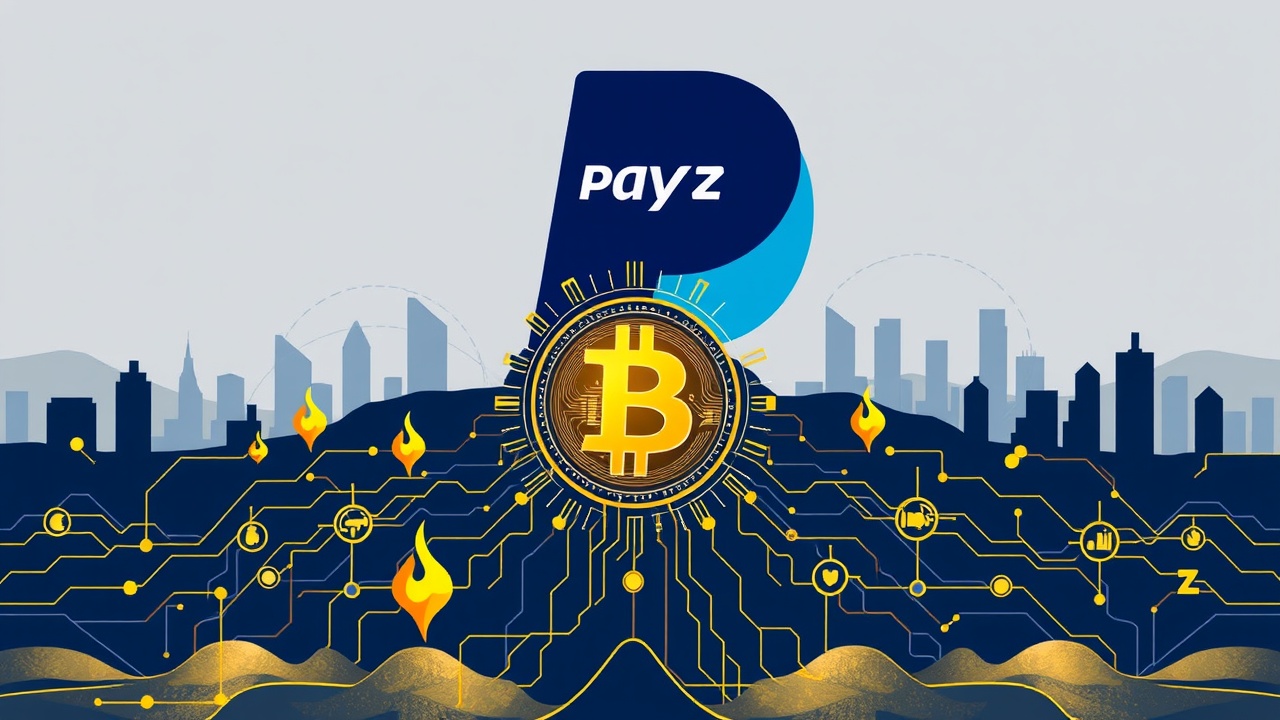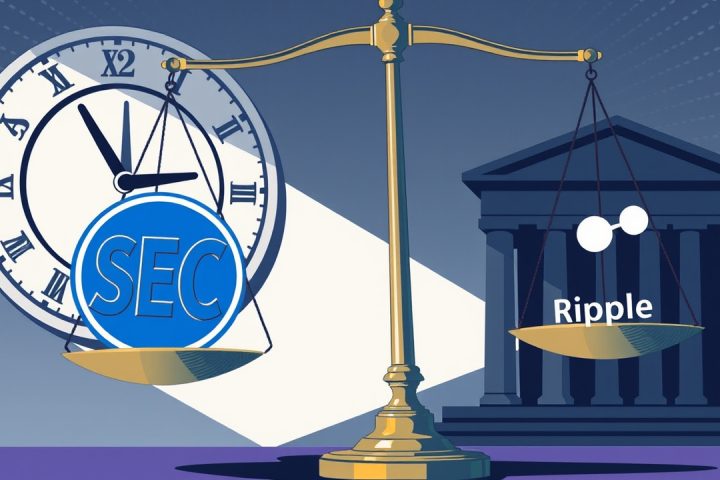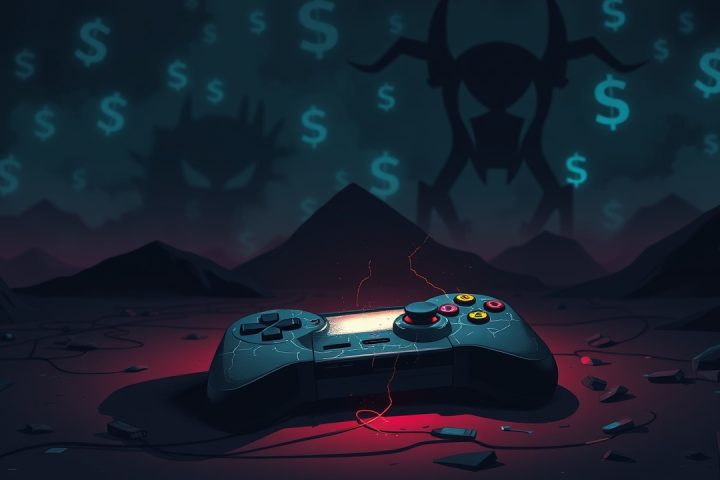Introduction
In the rapidly evolving landscape of the Bitcoin ecosystem, launching new asset issuance protocols has become relatively straightforward; however, cultivating an enduring community and project team to sustain these protocols is considerably more challenging. Recently, a surge of excitement surrounding new protocols has emerged within this space, albeit with many anonymous projects that lack infrastructure and active development—often risky ventures masquerading as innovative ideas. Nevertheless, serious teams continue to make strides.
Magic Eden and Spark Partnership
On May 20, Magic Eden, a prominent marketplace within the Bitcoin ecosystem, announced a partnership with Spark, a new Bitcoin Layer 2 (L2) solution designed for scaling the Bitcoin network. This collaboration includes a planned event on May 26. Spark officially launched its mainnet beta on April 29, and just a week later, it introduced its first LRC-20 token, FSPK. Despite initial user experiences being less than ideal, the token has generated significant interest, leading to a current trading price of between $12 and $20, far surpassing initial minting costs of only about $2.
Overview of Spark and LRC-20 Token Issuance
The partnership with Magic Eden suggests that an on-chain trading marketplace for LRC-20 tokens may soon be introduced. In addition to Magic Eden, Spark is collaborating with various projects, showcasing the beginnings of a developing ecosystem, and has secured backing from notable venture capital firms including a16z. This analysis will provide an overview of Spark, its LRC-20 token issuance, and associated projects.
Functionality and Security of Spark
Describing itself as a Bitcoin-native L2 tailored for payments and settlements, Spark employs an off-chain scaling solution rather than mimicking EVM-based chains or utilizing Rollup technology. It does not support smart contracts or virtual machines, instead offering users the ability to conduct low-cost transactions off-chain, facilitating instant and self-custodial capabilities for Bitcoin and other tokens, including stablecoins. Additionally, it is interoperable with the Lightning Network, enabling efficient token transfers.
A key concern for users revolves around the security of their Bitcoin when utilizing L2 solutions. Users want assurance that Bitcoin deposited into Spark can be safely withdrawn back to the main network. Presently, the Spark network operates with just two designated operators, Lightspark and Flashnet, necessitating joint authorization from both operators on any transactions. Such a dual-authority structure inevitably introduces risk; if either operator were to become nonfunctional, users’ funds could be jeopardized. However, Spark’s structure retains the benefits of being non-custodial and native to Bitcoin.
Architecture and Founding Team
The architecture of Spark is grounded in a shared signature protocol based on the Bitcoin blockchain and operates on a distributed ledger without an additional consensus framework. Funds deposited by users are directly represented on Spark without the need for bridges or packaging. Moreover, users’ assets remain in a non-custodial state, allowing funds to be accessed directly by the user even if the Spark operators disappear.
Founded by David Marcus, a former PayPal president and Facebook’s VP of messaging products, Lightspark secured over $170 million in a Series A funding round in May 2022, with investments from prominent firms like a16z and Paradigm. Spark launched its public beta on April 29, featuring core capabilities for transaction, token creation, and interoperability with the Lightning Network while offering a zero-fee structure for operations on the Spark network.
The LRC-20 Token System and Market Response
Although Spark claims it will not have tokens or airdrop plans, the market has already shown interest in the LRC-20 token system, which will officially launch in the summer of 2024. This system, compatible with both the main Bitcoin network and Lightning Network, currently only functions on the Spark network. Creating LRC-20 tokens requires users to first broadcast a transaction on the mainnet, including the token’s metadata in its OP_RETURN output, before minting on Spark. This centralized minting process raises concerns about distribution equity, as only the original issuer can create new tokens post-issuance, presenting a potential risk of centralized power for those controlling the issuing wallets.
Currently issued tokens include FSPK, which was notably flawed with an excessively low total supply due to errors during setup. New tokens such as FSPKS have been introduced to rectify these issues, offering holders of FSPK significant ratios of new tokens. Other tokens like SNOW, endorsed by reputable projects, are seeing rising prices due to their strong community support.
Emerging Projects in the Spark Ecosystem
Spark’s ecosystem is still taking shape, with dedicated teams working diligently within it. A variety of tools and projects are emerging, including sparkscan, a browser for tracking tokens and transactions within Spark, and SparkSat, a versatile web wallet designed to facilitate deposits and withdrawals on both the Bitcoin main network and Spark. Flashnet, a key operator in the Spark network, is aiming to develop a decentralized exchange (DEX) to further enhance liquidity in the burgeoning ecosystem.
Conclusion
In summary, while challenges remain in building a vital and secure community ecosystem around Bitcoin L2 solutions, the advancements facilitated by Spark and its collaborators are creating encouraging opportunities in the evolving landscape of cryptocurrency.




